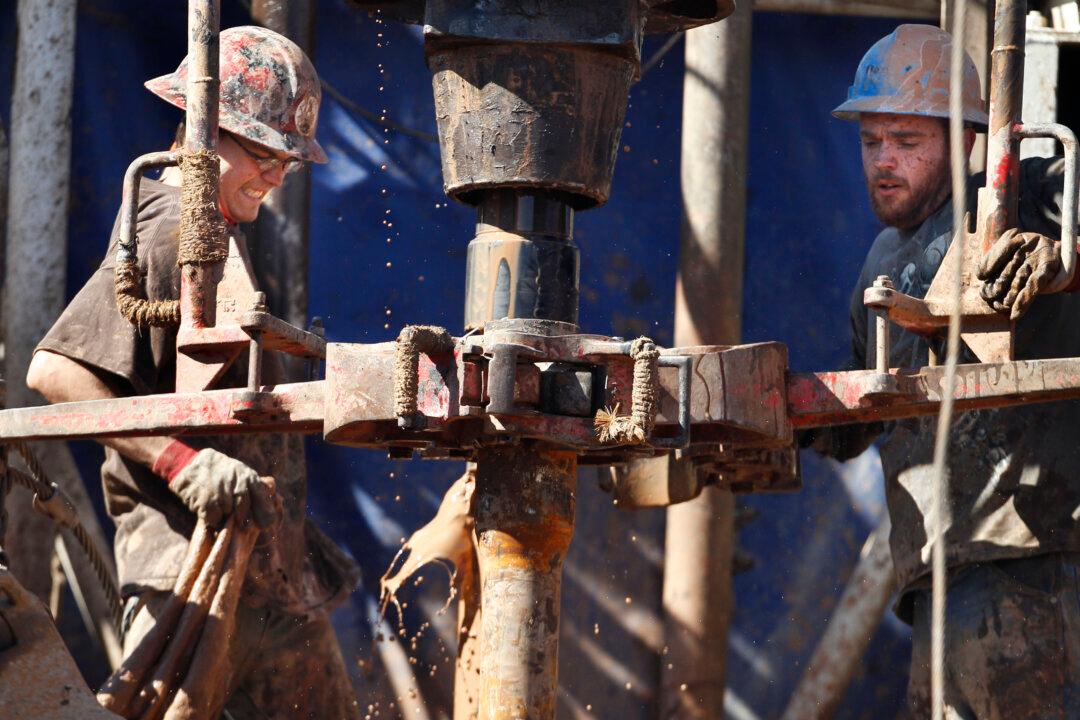A report released this week by the U.S. Department of Energy (DOE) illustrates the critical role that domestically produced oil and gas plays in the U.S. economy. The report also outlines how American innovation in energy technology is a key driver of economic success, and the cornerstone for sustaining American living standards now and into the future.
Deputy Secretary of Energy Mark Menezes announced the release of the report at an energy and manufacturing roundtable in New Mexico on Monday. “Oil and natural gas provide more than two-thirds of the energy Americans consume daily,“ said Menezes. ”In addition to meeting our energy needs, these fossil fuel resources are integral to our standard of living.” He said the report describes these resources’ importance for the United States, the technologies that rely on U.S. oil and gas, and opportunities for the future growth of the industry.





